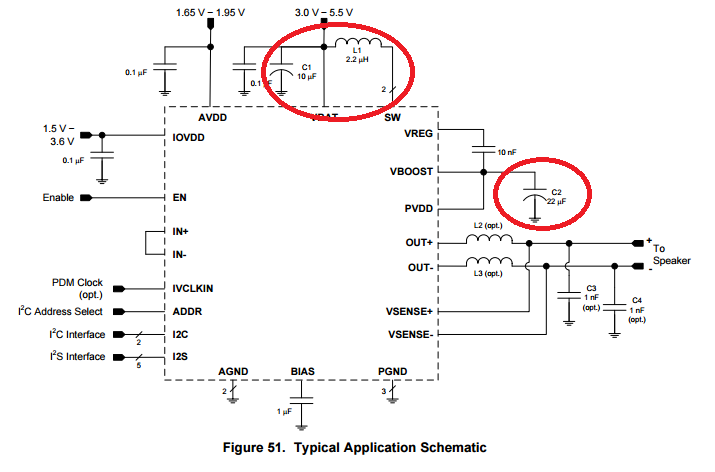Dear, Sir.
I would like to confirm about Current limit function embbed in TAS2553.
i checked the datasheet, looks there are 2 kind of current limit.
1) Class-D Output Current Limit (defined on 5 page on the datasheet). typ 3.7A.
2) Peak Current Limit of boost (defined on 47 page on the datasheet). 2.5A.
I am gussing ;
TAS2553 has 2 protection function on Class-D output 1) and Boost blocks 2).
Class-D output current limit 1) is reflected to resister 0x00 bit 1.
I would like to get your advice my guess is correct or not.
Best Regards,
H. Sakai



